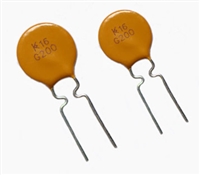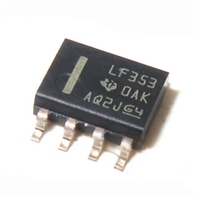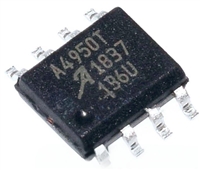| 是否无铅: | 含铅 | 是否Rohs认证: | 不符合 |
| 生命周期: | Lifetime Buy | 零件包装代码: | BGA |
| 包装说明: | BGA, BGA119,7X17,50 | 针数: | 119 |
| Reach Compliance Code: | unknown | ECCN代码: | 3A991.B.2.A |
| HTS代码: | 8542.32.00.41 | 风险等级: | 5.84 |
| 最长访问时间: | 3 ns | 最大时钟频率 (fCLK): | 142.85 MHz |
| I/O 类型: | COMMON | JESD-30 代码: | R-PBGA-B119 |
| JESD-609代码: | e0 | 长度: | 22 mm |
| 内存密度: | 1179648 bit | 内存集成电路类型: | STANDARD SRAM |
| 内存宽度: | 36 | 功能数量: | 1 |
| 端子数量: | 119 | 字数: | 32768 words |
| 字数代码: | 32000 | 工作模式: | SYNCHRONOUS |
| 最高工作温度: | 70 °C | 最低工作温度: | |
| 组织: | 32KX36 | 输出特性: | 3-STATE |
| 封装主体材料: | PLASTIC/EPOXY | 封装代码: | BGA |
| 封装等效代码: | BGA119,7X17,50 | 封装形状: | RECTANGULAR |
| 封装形式: | GRID ARRAY | 并行/串行: | PARALLEL |
| 峰值回流温度(摄氏度): | NOT SPECIFIED | 电源: | 1.5,3.3 V |
| 认证状态: | Not Qualified | 座面最大高度: | 2.41 mm |
| 最大待机电流: | 0.025 A | 最小待机电流: | 3.14 V |
| 子类别: | SRAMs | 最大压摆率: | 0.35 mA |
| 最大供电电压 (Vsup): | 3.6 V | 最小供电电压 (Vsup): | 3.135 V |
| 标称供电电压 (Vsup): | 3.3 V | 表面贴装: | YES |
| 技术: | CMOS | 温度等级: | COMMERCIAL |
| 端子面层: | Tin/Lead (Sn/Pb) | 端子形式: | BALL |
| 端子节距: | 1.27 mm | 端子位置: | BOTTOM |
| 处于峰值回流温度下的最长时间: | NOT SPECIFIED | 宽度: | 14 mm |
| Base Number Matches: | 1 |
| 型号 | 品牌 | 描述 | 获取价格 | 数据表 |
| IBM043611ULAA-5 | ETC | x36 Fast Synchronous SRAM |
获取价格 |

|
| IBM043611ULAA-6 | ETC | x36 Fast Synchronous SRAM |
获取价格 |

|
| IBM043612PQK-10 | ETC | x36 Fast Synchronous SRAM |
获取价格 |

|
| IBM043612PQK-11 | ETC | x36 Fast Synchronous SRAM |
获取价格 |

|
| IBM043612PQK-8 | ETC | x36 Fast Synchronous SRAM |
获取价格 |

|
| IBM043612PQK-9 | ETC | x36 Fast Synchronous SRAM |
获取价格 |

|
 NTC热敏电阻与PTC热敏电阻的应用原理及应用范围
NTC热敏电阻与PTC热敏电阻的应用原理及应用范围

 GTO与普通晶闸管相比为什么可以自关断?为什么普通晶闸管不能呢?从GTO原理、应用范围带你了解原因及推荐型号
GTO与普通晶闸管相比为什么可以自关断?为什么普通晶闸管不能呢?从GTO原理、应用范围带你了解原因及推荐型号

 LF353数据手册解读:特性、应用、封装、引脚说明、电气参数及替换型号推荐
LF353数据手册解读:特性、应用、封装、引脚说明、电气参数及替换型号推荐

 A4950资料手册解读:特性、应用、封装、引脚功能、电气参数及代换型号
A4950资料手册解读:特性、应用、封装、引脚功能、电气参数及代换型号
